Leading Eco-friendly Ventilation Solutions
Double Bank Louvers
What is Double Bank Louvers?
Double bank louvres feature two rows of blades, typically arranged at different angles to enhance their ability to resist water penetration while still allowing substantial airflow. These louvres strike a balance between ventilation and weather protection.
Key Features:
- Improved Weather Protection: With two rows of blades, these louvres are more effective at preventing water ingress and blocking debris, making them suitable for more challenging environments.
- Good Airflow Performance: Double bank louvres still provide significant airflow while improving resistance to rain and weather compared to single bank designs.
- Aesthetic Flexibility: These louvres can be designed to complement the aesthetic appeal of modern architectural projects, offering both form and function.
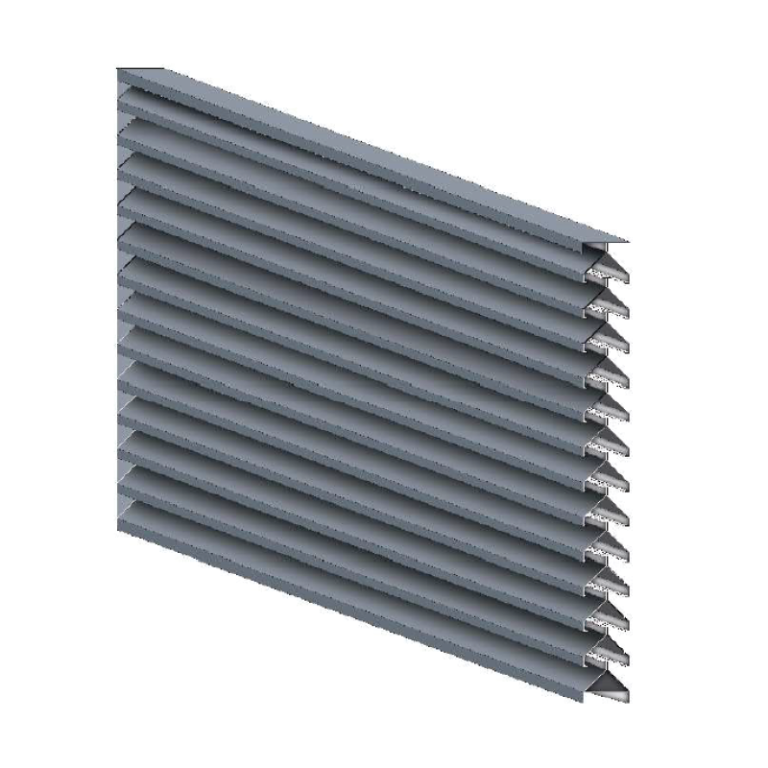
Product Materials

Mild Steel

Aluminium

Aluminium Zinc

Stainless Steel
Finishes
Prepainted Polyester
Polyester Powder Coated
PVDF Powder Coated
Common Applications
Commercial and residential buildings where airflow and weather protection are equally important.
Areas prone to moderate weather conditions where added protection is necessary.
Our Products
DB135
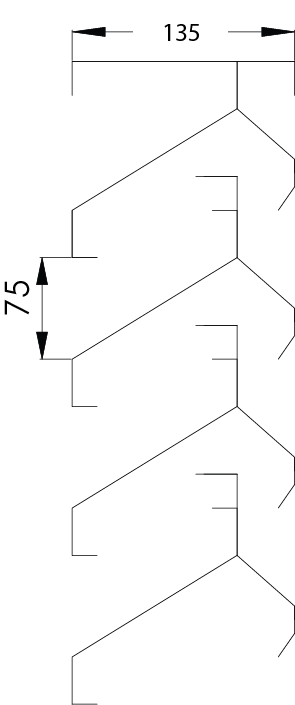
Key Features
| Free Area | 19.00% |
| Blade Girth | 260mm |
| Blade Orientation | Horizontal |
| Fixing Method | End Fixed |
| Louvers Depth | 100mm |
Performance based on
EN13030 : 2001 testing results
| Effectiveness at 2/ms | 87.5% |
| Penetration Class | C |
| Airflow Class | 0.104 |
| Airflow Coefficient Ce | 4 |
DB80
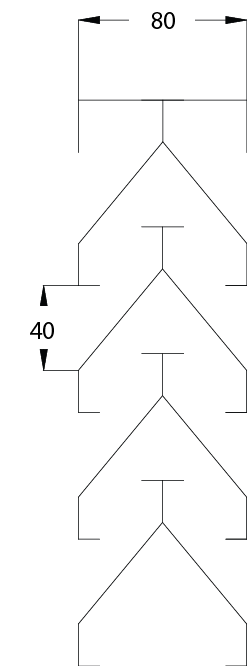
Key Features
| Free Area | 24.23% |
| Blade Girth | 245mm |
| Blade Orientation | Horizontal |
| Fixing Method | End Fixed |
| Louvers Depth | 80mm |
Performance based on
EN13030 : 2001 testing results
| Effectiveness at 2/ms | 34.6% |
| Penetration Class | D |
| Airflow Class | 0.081 |
| Airflow Coefficient Ce | 4 |
DB100
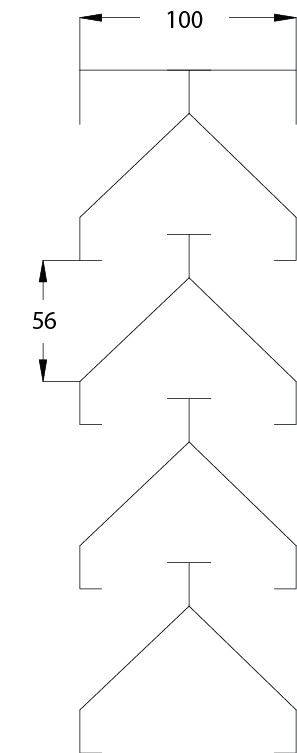
Key Features
| Free Area | 37.00% |
| Blade Girth | 375mm |
| Blade Orientation | Horizontal |
| Fixing Method | End Fixed |
| Louvers Depth | 150mm |
Performance based on
EN13030 : 2001 testing results
| Effectiveness at 2/ms | 78.5% |
| Penetration Class | D |
| Airflow Class | 0.125 |
| Airflow Coefficient Ce | 4 |
DB150FA30
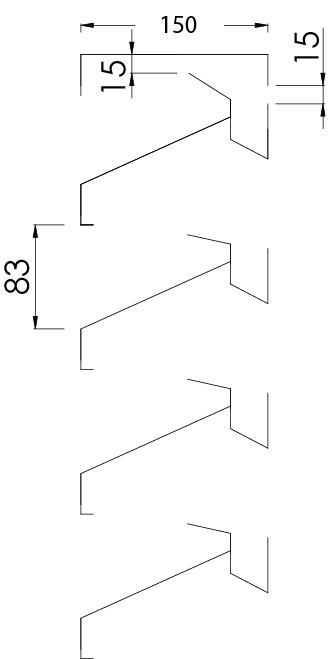
Key Features
| Free Area | 50.45% |
| Blade Girth | 335mm |
| Blade Orientation | Horizontal |
| Fixing Method | End Fixed |
| Louvers Depth | 150mm |
Performance based on
EN13030 : 2001 testing results
| Effectiveness at 2/ms | N/A |
| Penetration Class | N/A |
| Airflow Class | N/A |
| Airflow Coefficient Ce | N/A |
DB135

Key Features
| Free Area | 19.00% |
| Blade Girth | 260mm |
| Blade Orientation | Horizontal |
| Fixing Method | End Fixed |
| Louvers Depth | 100mm |
Performance based on EN13030 : 2001 testing results
| Effectiveness at 2/ms | 87.5% |
| Penetration Class | C |
| Airflow Class | 0.104 |
| Airflow Coefficient Ce | 4 |
DB80

Key Features
| Free Area | 24.23% |
| Blade Girth | 245mm |
| Blade Orientation | Horizontal |
| Fixing Method | End Fixed |
| Louvers Depth | 80mm |
Performance based on EN13030 : 2001 testing results
| Effectiveness at 2/ms | 34.6% |
| Penetration Class | D |
| Airflow Class | 0.081 |
| Airflow Coefficient Ce | 4 |
DB100

Key Features
| Free Area | 37.00% |
| Blade Girth | 375mm |
| Blade Orientation | Horizontal |
| Fixing Method | End Fixed |
| Louvers Depth | 150mm |
Performance based on EN13030 : 2001 testing results
| Effectiveness at 2/ms | 78.5% |
| Penetration Class | D |
| Airflow Class | 0.125 |
| Airflow Coefficient Ce | 4 |
DB150FA30

Key Features
| Free Area | 50.45% |
| Blade Girth | 335mm |
| Blade Orientation | Horizontal |
| Fixing Method | End Fixed |
| Louvers Depth | 150mm |
Performance based on EN13030 : 2001 testing results
| Effectiveness at 2/ms | N/A |
| Penetration Class | N/A |
| Airflow Class | N/A |
| Airflow Coefficient Ce | N/A |